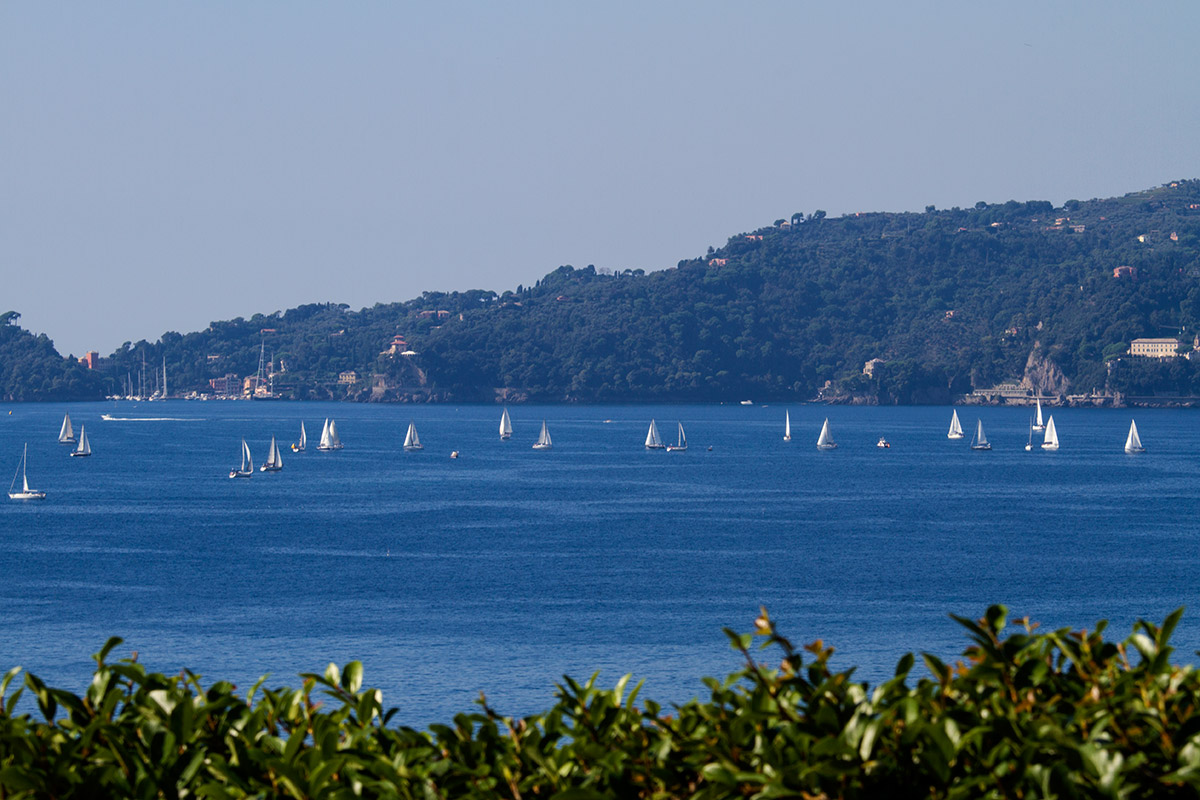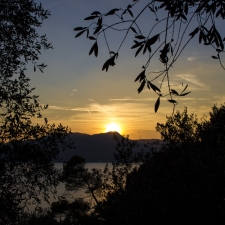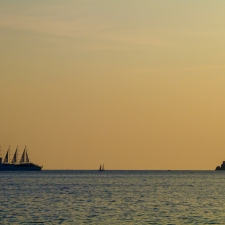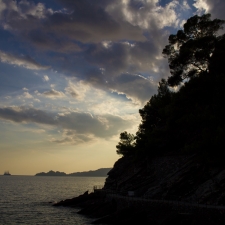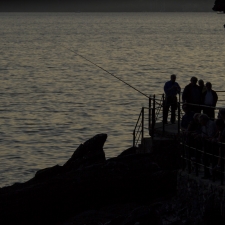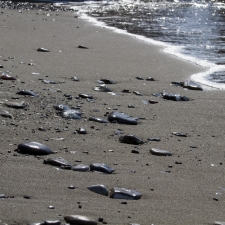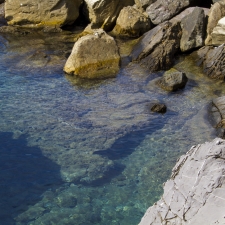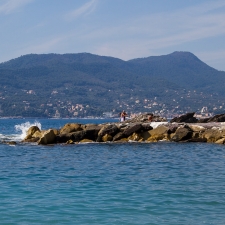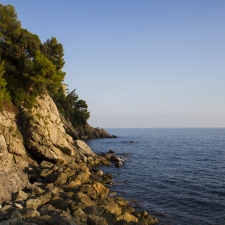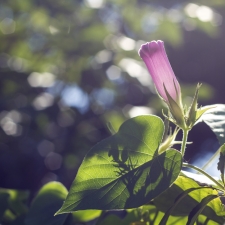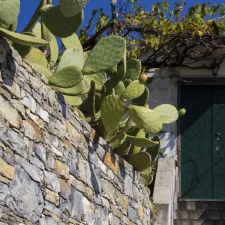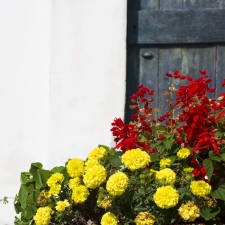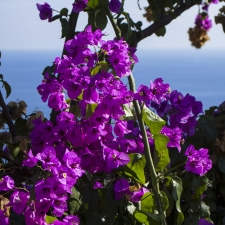The Tigullio Gulf is one of the most cherished tourist areas in Italy. We are on the Riviera di Levante, on the Ligurian Sea, in the Genoa province. Here, history left a tangible mark in the Genoese-style buildings, while nature reveals unique slices of Heaven, from the emerald waters of Portofino to the peaceful Valleys. The rich local craft work, once the hallmark of living in these towns, still survives today. This land is a combination of well-equipped large beaches, marinas with all the services available, excellent sports facilities and renowned accommodation solutions.
The towns on the Tigullio Gulf
These exclusive towns overlooking the Tigullio Gulf, with their rich history and culture, have become glamorous icons. Portofino, the VIP town, is a true crossroads for famous people, but also the ultimate destination for nature lovers and those who appreciate its Natural Reserve. Chiavari and Rapallo, the largest town on the Tigullio, are famous for their craft work, such as the Rapallo laces and the Chiavari chairs. Here, nature stands out once again: the Montallegro shrine boasts a picturesque view from its hill overlooking the gulf, easily accessible by cable car from Rapallo. The beautiful Santa Margherita boasts world-class hotels and congress centers. This area is rich in nature and history, with a long tradition in hospitality and services.
The sea
The Tigullio Gulf is perfect for sea lovers in any season: the landscape is a combination of beaches, coves and cliffs. One of the main seaside towns is Moneglia, awarded over the past twenty years with the Blue Flag certified by the FEE (Foundation for Environmental Education), which also recognized it as ‘town of excellence’. Around the Portofino Promontory – including Camogli, Portofino and Santa Margherita Ligure – the protected sea area of Portofino was established in 1999. With its high cliffs and small natural pools that provide the ideal living conditions for several sea creatures, the seabed combines several habitats: from the cliffs to the deep sea and underwater rocks. A few meters deep into the sea, snorkeling lovers can take in the Neptune grass prairie and the amazing variety of fish; if you look closely, you can easily spot sea horses and starfish.
The beaches of the Tigullio Gulf
What about the beach lovers? There are many options available. The Baia del Silenzio (Bay of Silence) – located east of the isthmus that connects Sestri Levante and a former island along the coast – is a sandy beach surrounded by imposing Ligurian-style buildings. The waters, sheltered from the winds, are almost always calm. Here, among bathers and small boats moored along the beach until the sunset, the gulf becomes a true slice of Heaven. One of the longest beaches on the Tigullio Gulf is Cavi di Lavagna, running parallel to the railroad and the Strada Aurelia. The beach is almost entirely pebbly and runs uninterrupted along the coast from the tunnels of Sant’Anna (which separate Sestri from Cavi) to the center of Lavagna. There are bathing establishments and fully equipped public beaches for everybody. Paraggi is Portofino’s beach: surrounded by pine trees, a few houses and a small 16th century castle, it boasts emerald waters. The beach is sandy, with tiny pebbles, and boasts two bathing establishments. On the seabed, close to the coast, there is a wrecked merchant ship that sank here in 1917. This is also a true paradise for scuba-divers, who can admire the rare red coral.
The inland
The beauty of the Tigullio Gulf is in its variety. Behind the seaside towns spreads an exceptionally interesting inland territory, full of history and nature. It is very interesting to walk along the Via dell’Ardesia, a road made of slate, which was used for centuries to cover the roofs and floors of local houses, divide fields, outline countryside paths and decorate the facades of buildings and churches. Today, you can walk along the steps of that ancient civilization in the Val Fontanabuona, a valley that runs parallel to the coast, beyond the hills overlooking the sea. In San Salvatore di Cogorno, a path along the abandoned quarries leads from the Fieschi basilica, built in 1200, to the farmers houses decorated with slate. In the peaceful inland valleys near Genoa, you can spend time lying on the grass or in the shade of the trees, taking in the sea from above. These valleys are the home of basil, the green gold of the Genoese cuisine. In the Valle del Latte (Milk Valley) including the Stura and Orba valleys, you can find products of excellence from the local farms, such as meat, milk and cheese. For mountain lovers, the Antola offers several paths that are very popular among hikers. In the Val d’Aveto you can find mule tracks surrounded by nature, but also farmhouses where you can try local products, such as the Sarasso and San Stè cheeses, made with the milk of the local Bruna Alpina and Cabannina cows

